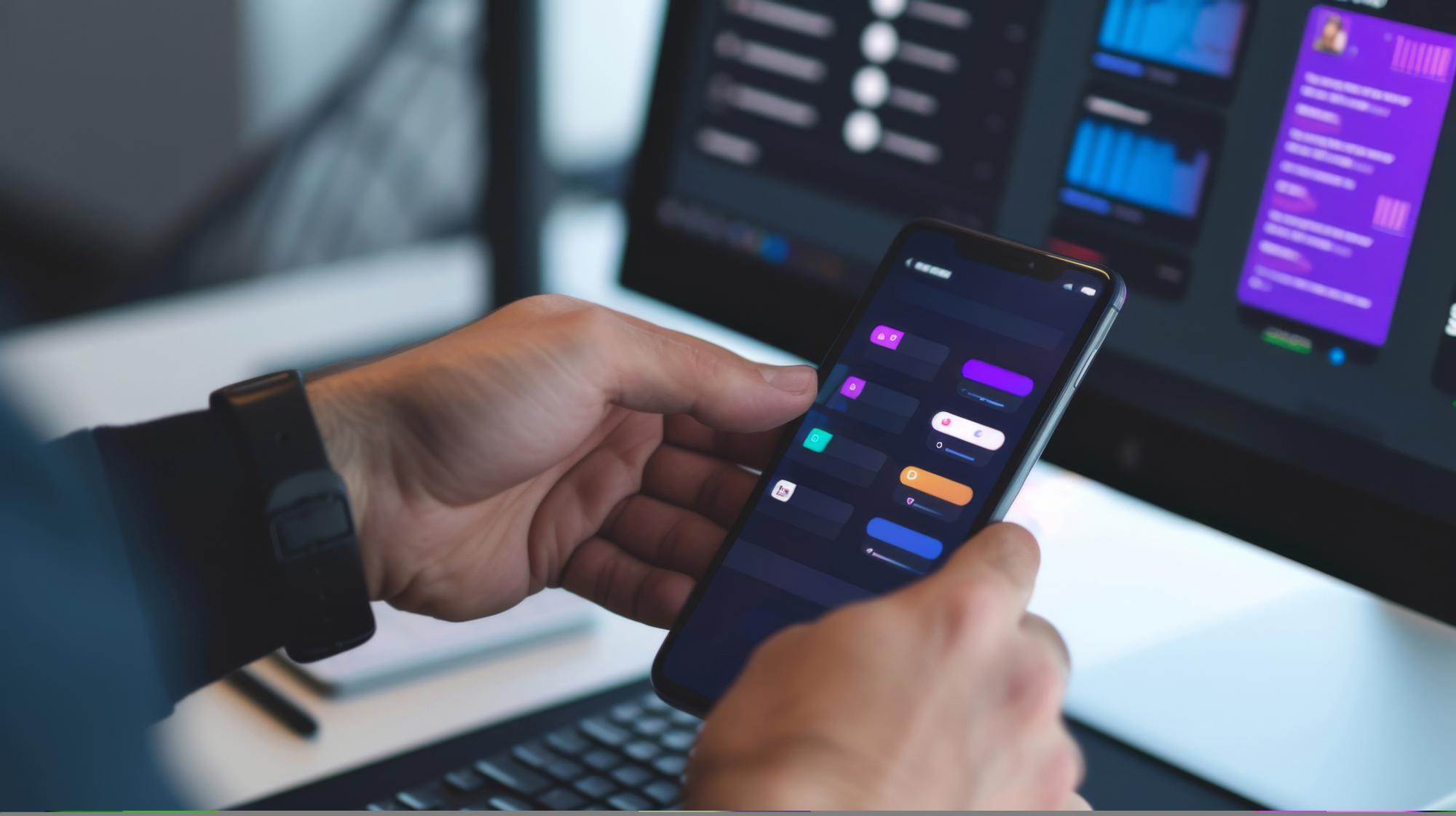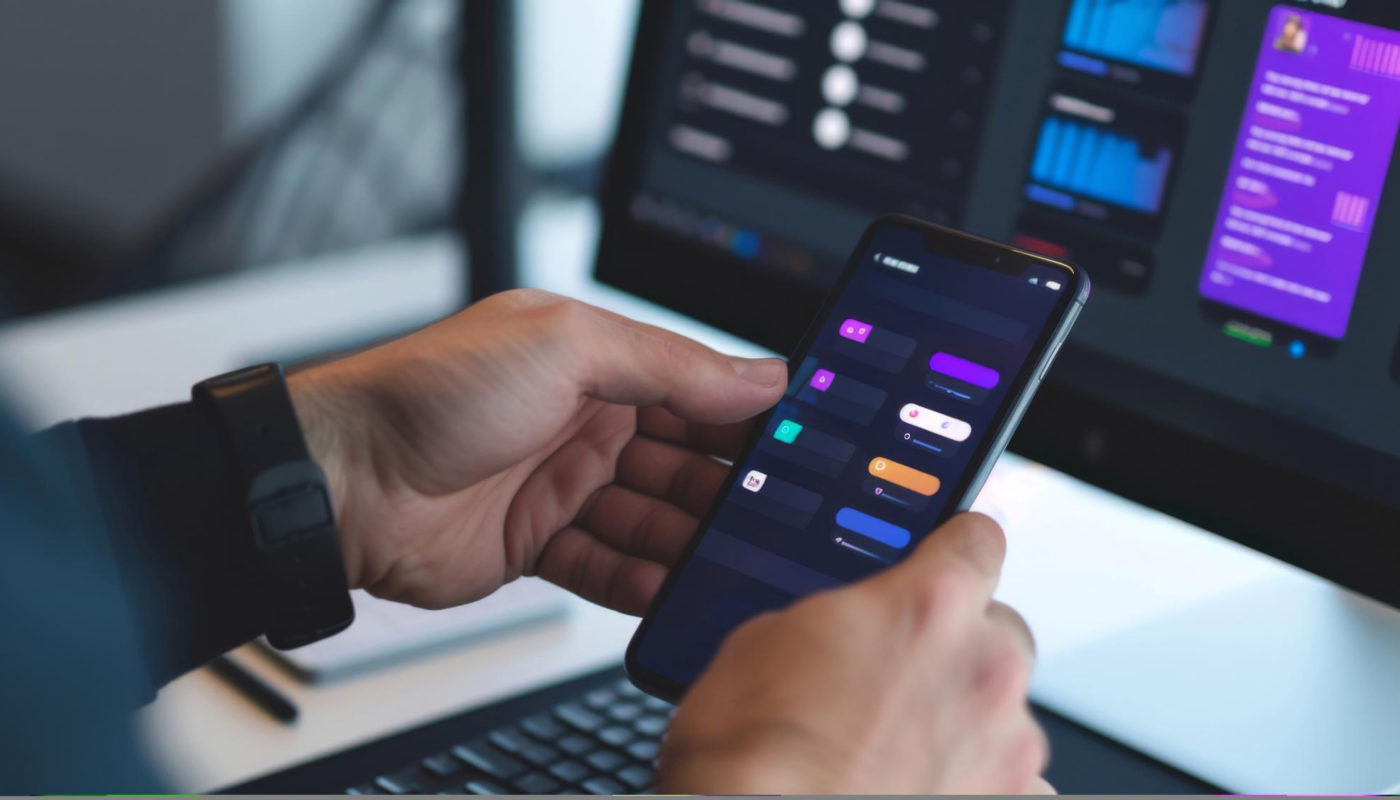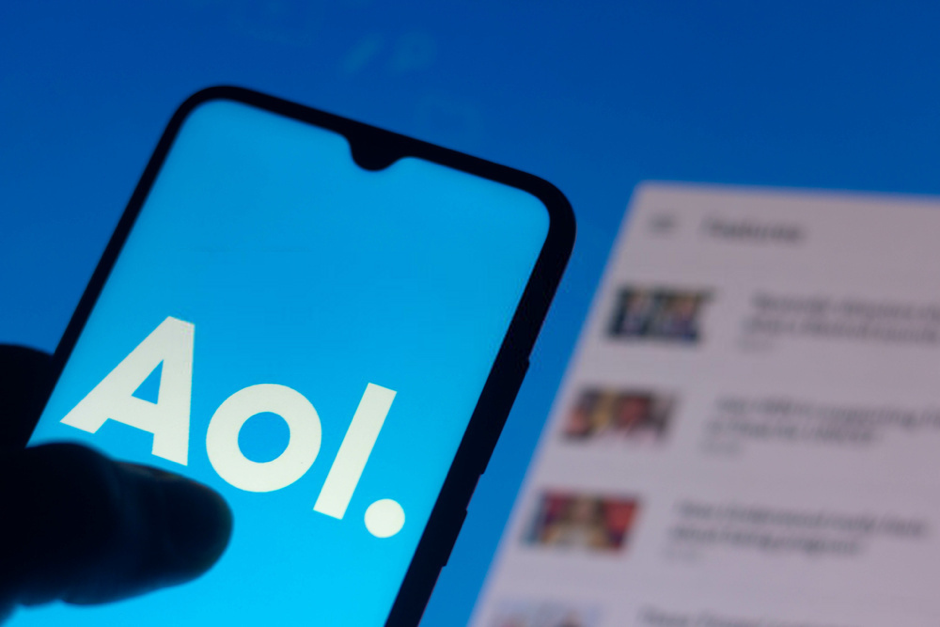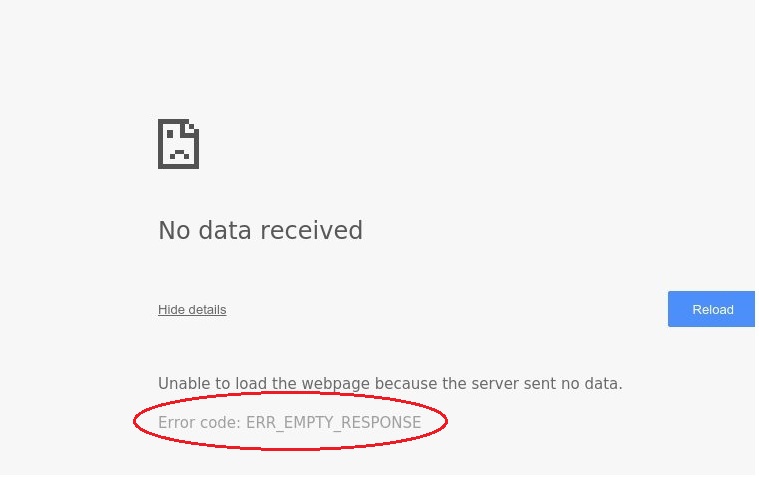As a cross-platform framework, Flutter SDK allows developers to create a sustainable application that ensures consistent user engagement. This open-source framework has been powering up the mobile application development industry since 2017 and expanding businesses’ potential to connect with a larger audience.
45% of developers globally prefer the Flutter framework over others as it accelerates the development process, reduces cost, and helps create apps with interactive design and smooth animations. It is the most recommended framework, holding a 42% market share for developing fully functional and robust cross-platform applications.

Therefore, when you plan for Flutter app development, ensure you know the best practices that simplify the development process.
So, let’s crack the code to simplify the development process.
Contents
- 1 Best practices to simplify the Flutter app development
- 1.1 1. Comprehend the Flutter constraints concepts
- 1.2 2. Create a unique build function
- 1.3 3. Logical use of operators
- 1.4 4. Use stream on-demand
- 1.5 5. Write tests for crucial functions
- 1.6 6. Clearly state the app architecture
- 1.7 7. Avoid Container and use SizedBox
- 1.8 8. Refactor code into Widgets rather than Method
- 1.9 9. Use “Dart Code Metrics”
- 1.10 10. Use the const keyword
- 2 In general, we can say that,
Best practices to simplify the Flutter app development
1. Comprehend the Flutter constraints concepts
All Flutter app developers need to know the standard process that defines how the “Constraints” go down while “sizes” go up and how the “parent” sets the position of the child components.
From the parent, widgets get a set of parameters group, which outlines the set of four doubles, maximum and minimum width, and height.
After evaluating the list, all child widgets get the inquiring command to their respective constraints. Each child has its own unique constraints, and they will be asked to provide the size they intend to be.
Afterwards, it will be classified sequentially. With all sizes as per the specified range by the initial constraints, following this, the parent will be notified.
All widgets turn themselves according to their parents or box constraints. However, it has some limitations attached.
2. Create a unique build function
Developing a pure build function is crucial as it ensures the application’s top-notch performance. It does not contain any excessive operations that may adversely affect the UI’s redevelopment process.
The quality of the build function determines an application’s overall performance; therefore, it is essential to prioritize quality. A poorly designed build leads to slow rebuild times, which leads to an annoying user experience.
However, well-designed build functions significantly improve overall application performance. Therefore, prioritize creating a unique and pure build function that enhances the UI rebuilding process. It helps to deliver a smooth user experience.
3. Logical use of operators
Operators are particular symbols that carry out unique operations on operands. The Flutter framework has built-in operations that can be utilized to perform a range of functions.
Rather than “as” operator use “is” operator
If the cast is not accessible, the “as” cast operators throw an exception; to prevent such an exception, you can go for “is.”
Utilize spread collections
A spread collection system is advantageous when an existing item is stored in another collection and leads to easier coding.
Use cascade operator
To perform a sequence of operations on the same object, the Cascade(..) operation is beneficial.
Employ Null Safe (??) and Null aware (?.) operators
In conditional expression, ensure you always go for Null operators instead of null checks.
4. Use stream on-demand
Streams are powerful, but they involve some level of risk. If you do not have an efficient implementation process in place, utilizing streams can lead to extra CPU and memory consumption.
If streams are not properly closed, it may also result in memory loss. Therefore, using streams for crucial tasks during Flutter app development is essential.
As an alternative, your Flutter app development company can use Change Notifier for reactive UI. BLoC library offers improved features and resource efficiency for creating simple user interfaces.
5. Write tests for crucial functions
Having automated testing functionality for specific tasks is essential to saving time and teams’ efforts. Since Flutter targets multiple platforms, testing every functionality after modification is time-consuming and requires persistent effort.
Covering 100% of the code for testing is a good option, though it is not possible considering the granted budget and time. However, it is essential to test the app’s vital functionality. Unit tests and widget tests have been the topmost options since the beginning, and these tests are not tiresome like integration testing.
6. Clearly state the app architecture
Compared to the other frameworks, Flutter offers an easy learning curve. A well-defined architecture is an essential condition that makes the Flutter app development process easy. Knowing Dart is enough to code and design applications for Android and iOS platforms. If you fail to develop an appropriate architecture, you may not be able to deliver a user-friendly experience. So, choose the best-fit Flutter app architecture for app development.
7. Avoid Container and use SizedBox
There are various use cases where you need to utilize placeholders. One the clear example;
return _isNotLoaded ? Container() : YourAppropriateWidget();
The Container is one of the most beneficial widgets you will use extensively in Flutter. Containers() widen up to fit the constraints conveyed by the parent, and it is not a const constructor.
In contrast, the SizedBox is a const constructor that creates a fixed-size box. The height and width parameters can be null to specify that the box size should not be restricted to the respective dimensions.
Therefore, while implementing the placeholder, SizedBox should be employed instead of Container.
return _isNotLoaded ? SizedBox() : YourAppropriateWidget();
8. Refactor code into Widgets rather than Method
Refactoring the code into a widget is an ideal option while developing a Flutter app. This methodology offers all the widget lifecycle framework features and improvements.
With this method, you can seamlessly achieve fewer lines of code and a simple build. When no alterations are made, unnecessary rebuilds are prevented with ‘buildHello.’
You can avoid rebuilding the code whenever it is refactored into widgets. However, this can only occur when modifications are made within the widgets.
You can Hire Flutter app developers to capitalize on all the widget class optimization offered by Flutter. This code refactoring approach requires fewer coding lines and streamlines the primary widget.
9. Use “Dart Code Metrics”
Use Dart Metrics to improve the quality of your Flutter applications. It is a static tool for evaluating code and helps developers monitor and improve code quality. Developers need to conduct specific tasks to use the Dart Code Metrics tool efficiently. They should aim to utilize single widgets for every file and extract callbacks.
As a result, developers can develop more modular code that is easier to read, comprehend, and maintain. Besides, developers should avoid utilizing the Border.all constructor since it creates performance issues in specific situations. It is important not to return widgets as it makes the code difficult to test and maintain.
10. Use the const keyword
A const constructor for widgets reduces the effort required for garbage collectors. In the beginning, it may seem like little effort, but it does make a huge difference when the application is large, and there is a view that often gets rebuilt.
Const declarations are more hot-reload friendly. Besides that, you should ignore the unnecessary const keyword. Go through the following code:
In general, we can say that,
Building an application with the Flutter framework is a diplomatic investment since it seamlessly aligns with ever-changing market needs. However, opting for Flutter is a personal choice, though it assures a productive development experience and makes your application future-ready.
The above approaches can significantly improve your application’s user experience. So, you should partner with a Flutter app development company that prioritizes implementing these practices to enhance Flutter app performance.
Revolutionize your Flutter app development journey now!




